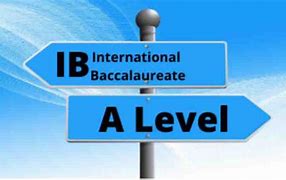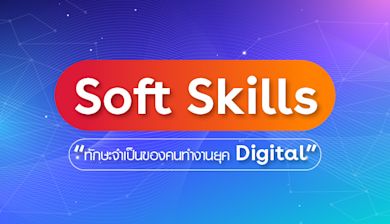- News and articles
- Events
- Find usIDP AustraliaIDP BahrainIDP BangladeshIDP CambodiaIDP CanadaIDP ChinaIDP EgyptIDP GhanaIDP Hong KongIDP IndiaIDP IndonesiaIDP IranIDP JordanIDP KenyaIDP KoreaIDP KuwaitIDP LebanonIDP MalaysiaIDP MauritiusIDP Middle EastIDP NepalIDP New ZealandIDP NigeriaIDP OmanIDP PakistanIDP PhilippinesIDP Saudi ArabiaIDP SingaporeIDP Sri LankaIDP Taiwan, ChinaIDP TurkeyIDP UAEIDP VietnamIDP Corporate
- Social
- English
Topics covered
The trending question for many parents who are planning to send their children to study abroad often revolves around the system and format of education. This is an important aspect that significantly impacts parents' top decisions, determining which system is suitable and resonates with their child. The choice made influences the long-term future of these young minds. However, there's no need to worry. Today, Intake has summarized a concise overview of the differences between two popular programs, A-Levels and the IB, to provide parents with basic information, making decision-making easier.
A Levels Curriculum
Let's begin with this curriculum, which is the most popular teaching system in the United Kingdom. Generally, it's a two-year program, equivalent to Year 12-13 (ages around 16-18). The A Levels curriculum emphasizes foundational academic learning tailored to a student's interests and needs. Students can select subjects based on their personal interests or aptitudes. They can choose 3-4 subjects of their liking without needing to study additional subjects.The curriculum's content is effective, renowned for being robust and in-depth. It's comparable to the content of Year 1 and 2 in Thai high schools. Regarding assessment, students are graded for each subject, with the highest grade being A* followed by A, B, C, D, E, and Ungraded.The strengths and goals of the A Levels curriculum are aimed at helping students discover their passions and potential from an early age. The curriculum encourages students to bring out their full potential, resulting in its widespread international recognition. It's especially popular among families planning to send their children to top-tier universities in the UK. A Levels education is considered comprehensive and advantageous, surpassing the halfway point.
IB Curriculum (International Baccalaureate)
This program is popular globally. It divides subjects into Higher Level (HL), which delves deeper into specific subjects, and Standard Level (SL), which follows standard guidelines. Students choose from two types of subjects: core subjects (Math, English, Science, Social Studies) and subjects focusing on culture and diversity, stimulating critical thinking, analysis, and understanding across various subjects and activities.However, the curriculum is intensive as it focuses on academics, research, hands-on experience, and participation in various projects to enhance analytical thinking, creativity, volunteerism, and a well-rounded understanding of humanity, society, and culture. The IB program focuses on broad and comprehensive teaching to promote well-rounded abilities. Unlike A Levels, IB doesn't use grades. Instead, it awards points for each subject, allowing students to submit scores to universities worldwide. It suits parents who haven't yet decided which country they want their child to study in.ConclusionBoth A-Levels and IB programs have distinct advantages. However, this information serves as a preliminary basis for decision-making. Intake recommends seeking advice from professional advisors who can help tailor education to each student's specific needs. Each curriculum has unique features and characteristics. Choosing the right one may significantly alter a student's life. It's essential to make a well-informed decision to ensure the student's success.
IDP's professional advisors are ready to offer guidance to both students and parents in selecting the right curriculum based on the student's interests and preferred style of education. We are here to provide advice, school lists, curriculum options, tuition fees, accommodations, visas, flights, and VVIP-level support, all without hidden fees. With over 50 years of experience and sending over 1,000 successful students abroad, we're committed to guiding students towards success.
One account for all your study abroad needs
Create your profile and unlock a wide array of features including personalised recommendations, fast-tracked applications and much more.
Search for articles
Dive into our extensive collection of articles by using our comprehensive topic search tool.















